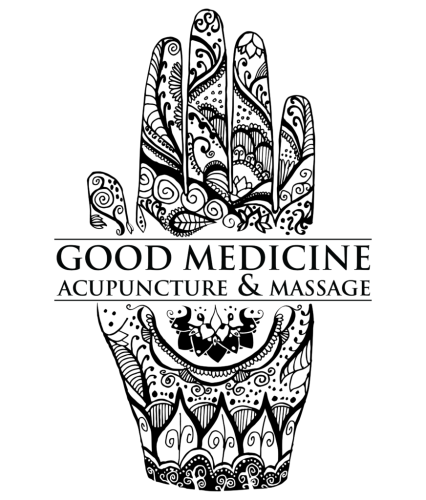Dry Needling, also known as intramuscular stimulation (IMS) seems very similar to acupuncture on the surface; however, there are key differences between this technique and the ancient practice of acupuncture.
TRAINING
One of the key difference in dry needling and acupuncture is the type of training your practitioner receives.
Acupuncture
- Licensed acupuncturists undergo rigorous training including:
- 660-870 hours of hands-on, supervised training in the use of needles
- 1245-1755 hours of training in diagnosis and biomedicine
- 250-350 supervised patient treatments
- Three-four year accredited degree
- One or more national board examinations
- Required continuing education
Dry Needling
Dry needling is sometimes performed by physical therapists which do have years of training in anatomy and physiology and diagnosis. Requirements for dry needling practitioners include:
- 27-72 hours of training in the use of needles (can be partially performed online though some hands-on experience is required.)
- Training is often performed at for-profit facilities without any independent oversight or accreditation.
- Continuing education is not required.
REGULATIONS
Regulations vary widely between acupuncture and dry needling. Aside from the stipulations put on education, dry needling is not held to the same standards as acupuncture.
Acupuncture
Acupuncture techniques are overseen by national boards and state licensure. All practitioners must meet the minimum requirements for education, experience, and best practices.
Dry Needling
Dry needling does not currently have standards in place for its training programs.
Licensing does not currently hold uniform standards. Dry needling is very new in the world of medicine and hasn’t “cut its teeth” so to speak.
STYLE
Aside from the training involved in these two techniques, the style is also significantly different.
Acupuncture
Acupuncture techniques vary within the community based on needle size, insertion technique, and targeted points. However, the objective is to create minimal pain with the most results. Needles are pinpointed to exact areas, using needles thinner than a human hair, and only inserted as deep as necessary.
Dry Needling
Dry needling utilizes repetitive, deep insertion of larger needles.
TREATMENT
An important difference between acupuncture and dry needling is the intent of the treatment.
Acupuncture
Acupuncture evolved over hundreds of years to treat a wide range of ailments using specific points across the body related to the health and wellbeing of the organs.
Acupuncture is recognized by the World Health Organization and National Institutes of Health as an effective treatment for a wide range of ailments.
Dry Needling
Dry needling was developed in the mid-twentieth century as a way to neutralize trigger points.
It has been found to be effective for musculoskeletal pain although most research around this technique is limited.
Which should you choose?
We have heard of some individuals having success with dry needling as a pain relieving technique for acute injuries; however, the lack of standards and accreditation for training is worrisome. If you are working with a physical therapist that you trust then perhaps dry needling will work for your sports or other related injury.
For all other ailments such as migraines, allergies, depression, addiction, chronic pain, recurring infections, arthritis, and more, acupuncture may be the better option.
At Good Medicine, we offer ancient Chinese acupuncture as well as some influences from Korean and Japanese styles. We prefer acupuncture because it is backed by evidence-based research, treats a broader range of symptoms, and works within our mission to provide effective long-term care to our patients.
Which therapy should you choose? Do your research and trust your instincts! We hope you’ll make the best choice for your overall health.

Recent Comments